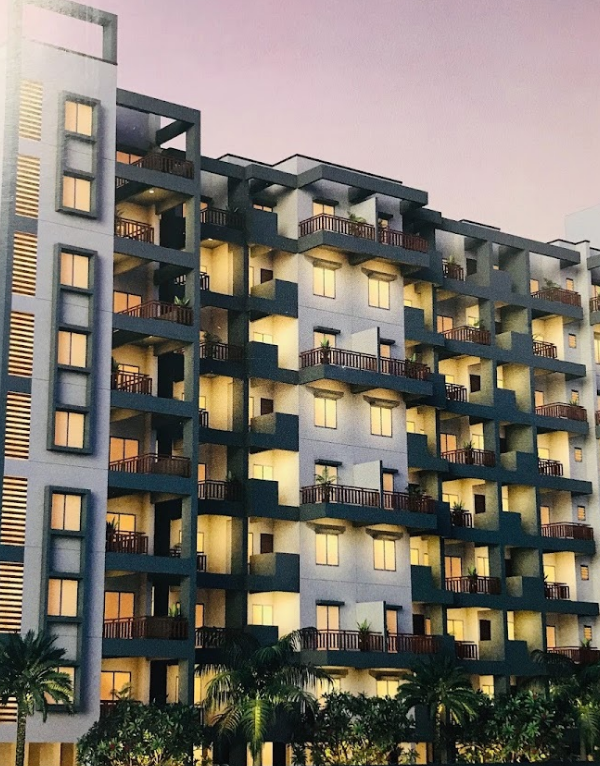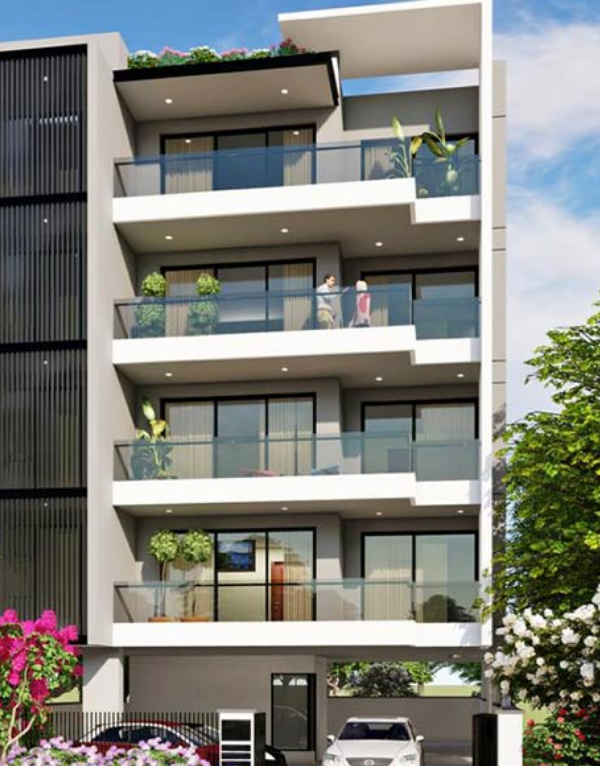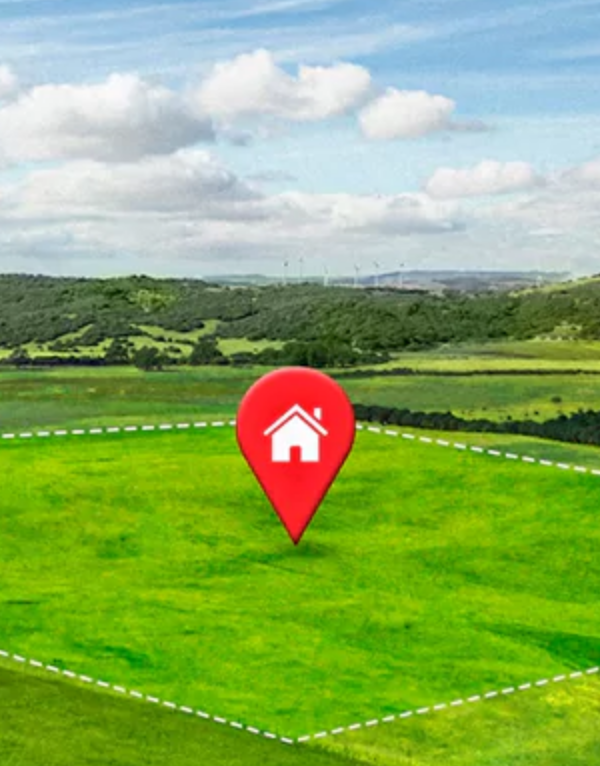North Guwahati is well known for numerous historical temples like Dirgheshwari temple, Doul Govinda Temple, Janardan temple, Mani-Karneswar Temple, Aswaklanta Temple, etc. Goddess Durga is worshipped in the Dirgheswari Temple. North Guwahati possesses temples, roads, bridges, fortifications and moats which are of ancient origin. It is Surrounded by evergreen trees and a fast-flowing brook, a beautiful spot for picnic, Assam state Zoo cum Botanical Garden is also there in this region. The upper temple contains the image of Vishnu lying on Ananta-Sajya. It is one of the finest specimens of sculptural skill in Kamarupa about the beginning of the twelfth century.North Guwahati is major commercial hub areas like Pan Bazar, Paltan Bazar, Fancy Bazar, Uzan Bazar, with major industries are located here with numerous factories. The Indian Institute of Technology, Guwahati, the sixth in country, was set up in the year 1994. Covering 285 hectares of area, it is situated here amidst scenic hills and lakes are also a part of North Guwahati.Guwahati is the largest city of Assam and northeastern India, one of the fastest growing cities in India, situated on the South Bank of the Brahmaputra River. Guwahati lies between the banks of the Brahmaputra River and the foothills of the Shillong plateau, with LGB International Airport to the west and the town of Narengi to the east. It is gradually being expanded as North Guwahati to the northern bank of the Brahmaputra. Guwahati, said to be the country’s second oldest continuously inhabited city, and described in the national Act East Policy as India’s Gateway to Southeast Asia as well as Southeast Asia’s Gateway to India, has been selected as one of the 100 Smart Cities. A centrally funded four-lane, ambitious East-West Corridor will pass through Guwahati and connect all the state capitals of Northeast India. Completion of the project will boost the vital upliftment of the whole regionThe Guwahati Municipal Corporation (GMC), the city's local government, while the Guwahati Metropolitan Development Authority (GMDA) is the planning and development body of greater Guwahati Metropolitan Area. The Guwahati region hosts diverse wildlife including rare animals such as Asian elephants, pythons, tigers, rhinoceros, gaurs, primate species, and endangered birds.






























